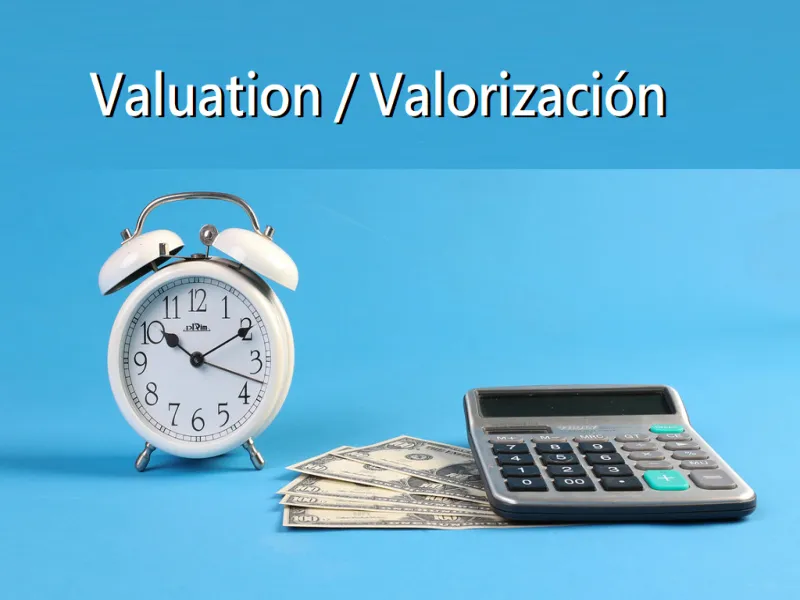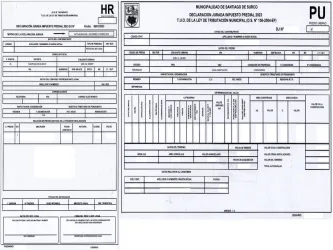What are the available property valuation methods available today?
There are several real estate valuation methods that are used today to determine the value of a commercial property. These methods include:
1. Income Capitalization Approach: This method values property based on the income it generates. It is often used for income-producing properties such as retail centres, office buildings, and apartment complexes. The value is determined by dividing the net operating income (NOI)* by a capitalization rate (also known as cap rate), which is a rate that reflects the risk involved in owning and operating the property. There will be different cap rates for different types of properties and jurisdictions. For example, an industrial property worth $10 million generating $700,000 of NOI would have a cap rate of 7%. Typically, an industrial or commercial property would command higher cap rates than residential real estate, as it is considered a higher-risk investment. Cap rates are also linked to changing economic variables such as the free-risk rate, borrowing costs, foreign capital flows, and structural tail-or-headwinds of a given jurisdiction.
2. Cost Approach: This method values a property based on the cost of reproducing or replacing it at an equivalent standard. The value is determined by adding the cost of the land and the cost of construction and then subtracting the applicable condition and age depreciation. This method is often used for newer properties or those with unique or specialized features.
3. Sales Comparison (or Market Data) Approach: This method values property based on other recently sold properties in the same area of similar size and condition. For residential real estate, the market data approach is typically regarded as the most accurate valuation method. The value is determined by comparing the subject property to similar properties that have recently sold and adjusting for differences in size, location, features and other factors. It relies on having an availability of sales data, either from public or private sources.
Each method has its own advantages and disadvantages, and the choice of method will depend on the type of property being valued and the available data. A combination of methods is often used to arrive at a more accurate estimate of value.
*NOI: Revenue from the property, minus all reasonably necessary operating expenses.









